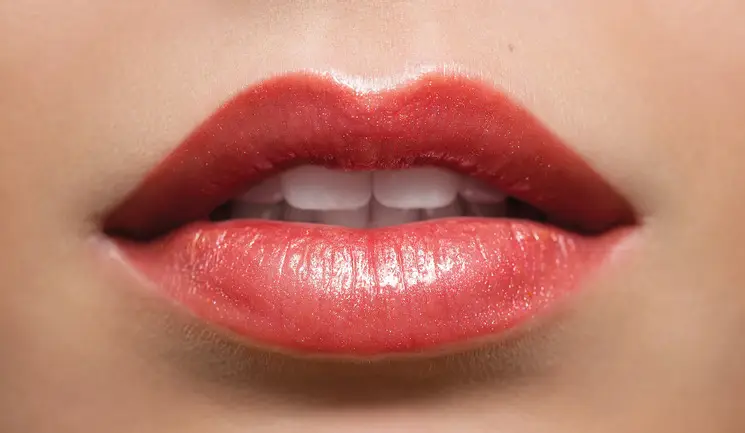Dr Sarah Hart presents a case study of a challenging lip that uses simple assessment and treatment techniques
To access this post, you must purchase Aesthetics Journal Membership – Annual Elite Membership, Aesthetics Journal Membership – Annual Enhanced Membership or Aesthetics Journal Membership – Basic Membership.






